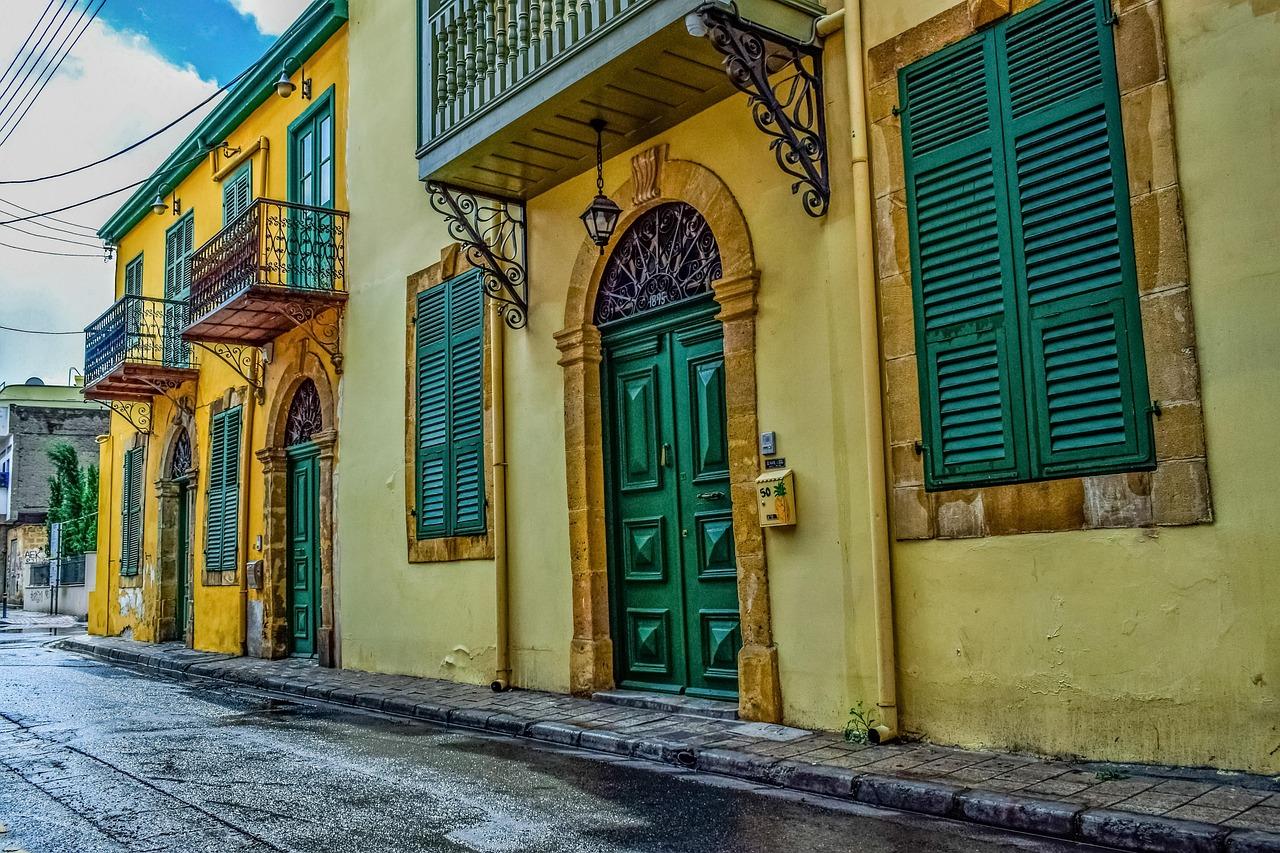Starting in fall 2025, Cypriot authorities will conduct a comprehensive inspection of properties owned by Turkish Cypriots and occupied by Greek Cypriot refugees since the Turkish invasion in 1974.
The inspections will focus on residential buildings and agricultural land leased by the state decades ago.
The purpose of the inspections is to determine who currently lives in these houses and under what circumstances. Over the past half-century, housing has often been passed down through generations and sometimes sold to strangers. Some houses are rented out, even though this is illegal.
The inspections will cover not only new properties but also long-established ones where the legality of residence is questionable. This is particularly true when the original tenants have passed away and their property has been transferred to relatives, not always through legal channels.
Similar checks were previously carried out on commercial real estate. At that time, authorities inspected 4,527 properties. More than 10% of those were being used illegally: they were being rented to third parties, being used for purposes other than intended, or in violation of the lease terms. Some properties have already been returned to the state. The largest number of inspected properties were in Limassol (32%), followed by Paphos (30%), Larnaca (26%), and Nicosia (12%).

Currently, the Turkish Cypriot Property Administration manages 20,621 properties with official lease agreements. Of these:
- 43% are agricultural plots.
- 23% are residential houses,
- 14% are commercial properties, and
- 6% are vacation homes;
- The remaining 14% are other types of real estate.
Of the approximately 5,000 residential buildings, a significant portion is in active use. However, the authorities believe that not all residents have legal rights to do so. Some continue to live in houses after their tenants die, while others are not refugees at all. Additionally, some houses are rented out even though they were originally intended for residential use only.
Recent amendments to the law allow property to be transferred to close relatives of refugees up to the third degree of kinship. Now, the Cypriot authorities want to ensure that the housing is being used for its intended purpose and not becoming a source of income for tenants.
One of the main problems is the lack of staff. The Management Service acknowledges that, without additional resources, the verification process could take years. New digital solutions are being discussed to speed up the process. Where violations are identified, properties may be seized and transferred to other refugees in need. At the same time, work is underway to restore around 200 vacant and abandoned houses, many of which are in disrepair.
Nikos Kettiros, chairman of the parliamentary committee on refugee affairs, has proposed a partial co-financing model in which the state would pay up to €40,000 for repairs. If the restoration costs exceed this amount, the tenant would cover the difference. This would enable young families who cannot afford to purchase a home to receive housing assistance.
However, some officials believe that such a scheme would create inequality because some refugees would receive housing for free while others would have to pay for it themselves. Additionally, there is no guarantee that inherited or renovated properties would not become the subject of legal disputes with former Turkish Cypriot owners or their descendants.
The authorities hope that the updated policy and systematic control will increase the income of the Turkish Cypriot Property Management Fund. This would enable the fund to finance not only basic expenses, but also major repairs, without relying on tenants' funds.
Parliament is preparing a final decision on all proposals. The final strategy should be in place by the end of 2025, taking into account social justice, legality, and the interests of refugees.
